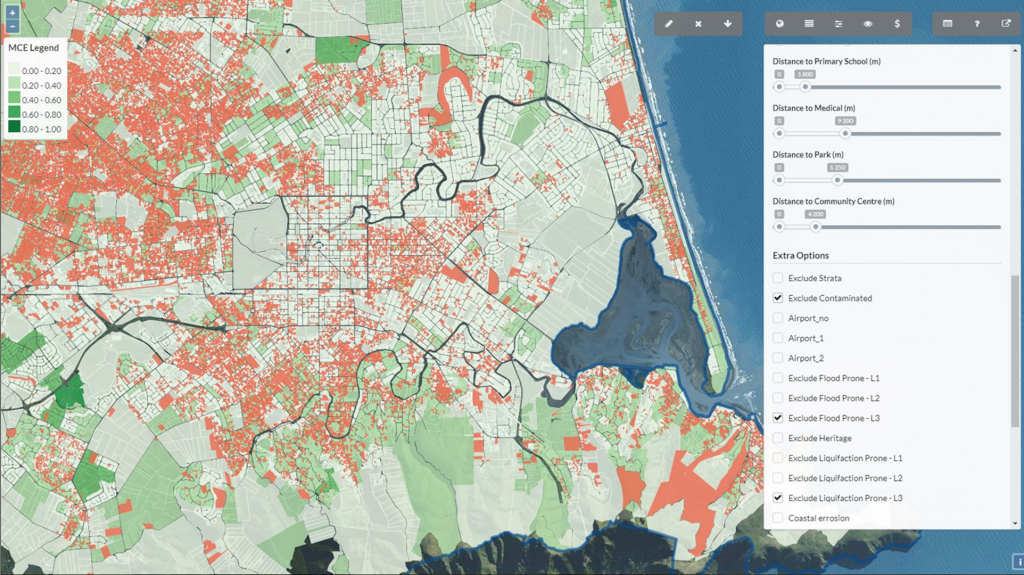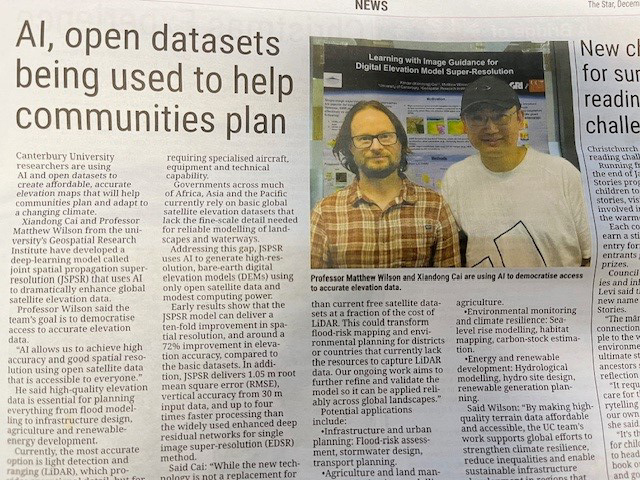Building Better Homes, Towns and Cities
Next Generation Information for Better Outcomes
Overview The Building Better Homes Towns and Cities: Ko ngā wā kāinga hei whakamahorahora
Research team
Simon Kingham
Rita Dionisio
Mirjam Schindler
Duration
2017
Funding
MBIE
Project summary
The Building Better Homes Towns and Cities: Ko ngā wā kāinga hei whakamahorahora National Science Challenge is one of the eleven National Science challenges.
It’s vision is “Ka ora kāinga rua: Built environments that build communities”. Many reports have highlighted the underperformance of our built environment and the cost to New Zealand’s economy and society The Challenge aims to deliver solutions to the complex array of interactions which shape this environment and which have proven resistant to change. From the outset, the Challenge research programme has been designed with stakeholders as an exercise in partnership. This commitment to collaboration, co-creation and implementation will ensure that transformation of our built environment can be achieved.
The overarching aim of the Next Generation Information for Better Outcomes strategic research area is to drive the development of better homes, towns and cities through improved understanding and use of information, with a specific focus on geospatial data. It seeks to achieve this through five related projects:
- Data availability, quality, needs and understanding
- Development of a geospatial toolkit to aid better urban decisions
- Ecology of community: Māori understandings and values in relation to spatial data
- Crowd-sourced and urban sensor data insights for better cities, towns and homes
- Digital Information Infrastructure for New Zealand
Projects 1, 2 and 5 are run through the GRI.
Main Research Outcomes
- Dionisio, M.R., Kingham, S., Banwell, K., Neville, J. (2016) Geospatial tools for Community Engagement in the Christchurch Rebuild, New Zealand. Sustainable Cities and Society 27, 233-243.
- Glackin, S., Trubka, R., Dionisio, M.R. (2016) A software-aided workflow for precinct-scale residential redevelopment. Environmental Impact Assessment Review 60, 1-15.
- Dionisio, M.R., Kingham, S. (Jun 2017) Immersed Engagement: A new approach to collaborative planning in Aotearoa New Zealand. Paper presented at the International Sustainable Development Research Society Conference, Bogota, Colombia.
- Dionisio, M.R., Kingham, S., Stevenson, J. (submitted) Immersed Engagement in Urban Planning: toward collaborative resilience in Aotearoa New Zealand. Submitted to the Journal of Planning Theory & Practice.



